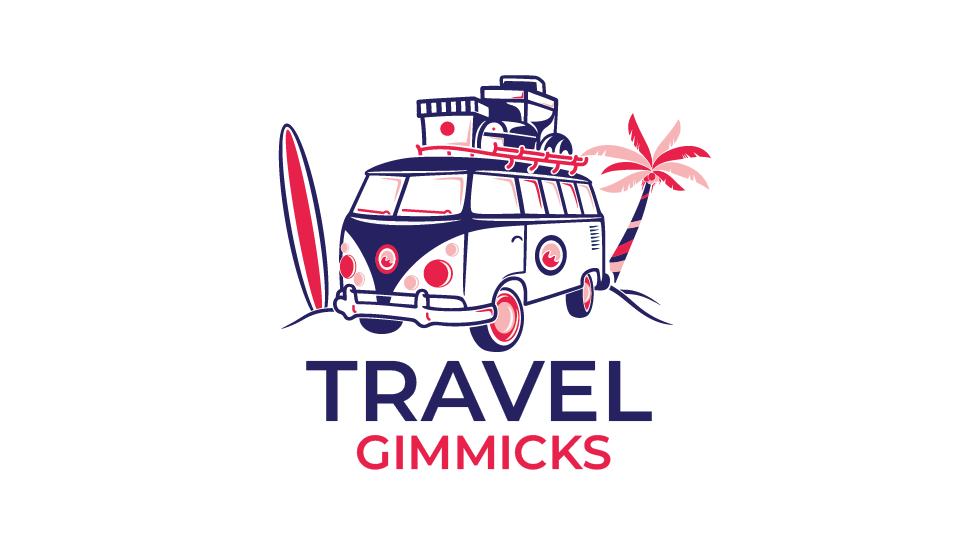Every business needs a logo. The logo acts as the medium through which potential customers remember the brand. Most people think designing your logo requires professionals or a huge sum.
Luckily, you don’t need to break the bank by hiring a professional designer because the digital world has got your back! Online tools have revolutionized the logo design process, making it accessible, affordable, and even fun. They offer many templates and features to help you craft a beautiful logo representing your brand.
Understanding Your Brand
Alright, let’s get started. First, you need to understand your brand clearly. Ask yourself precisely who you aim to target and your brand essence.
Knowing these components is essential for creating a logo that connects with your desired demographic. One way to streamline this is by exploring Platforms such as Hatchful from Shopify or Visme to help visually structure ideas and make connections, providing greater clarity on the message your logo should convey. This will give you transparency to your imagination while also maintaining your design centered on what is important — your brand’s message.
Sketching Your Ideas
Alright, now that you have your design ready in your mind, let’s sketch it down. Beginning with initial sketches is an excellent method to bring more clarity to your initial design to life.
One thing you need to remember while sketching your idea is to maintain simplicity and aim for uniqueness; these initial drawings are essential for the design of your logo.

To make your logo unique, avoid using cliché, overused, and generic symbols. Instead, strive to develop something unique and associated with your brand. Simple but unique is the key here.
Choosing the Right Tools
Next, we have to choose the tools for our logo. There are so many options that you can try and evaluate their pros and cons as they appeal to you. But if you’re a beginner in designing, you can try user-friendly tools like Hatchful by Shopify or LogoMaker, which provide ample templates to help them get started.
Additionally, if you’re looking for a robust tool that offers flexibility and a plethora of design options, you can create logos online using Adobe Express. This platform is intuitive and equipped with extensive features that cater to both novice and experienced designers.
You can even try Inkscape and DesignEvo if you want more complete tools. They give you more precise control over all elements and offer advanced features for detailed design work. Keep in mind that having the correct tool not only streamlines the design process but also guarantees a high-quality and refined end product.
Creating Your Logo
The next step is the thrilling stage of designing your logo! Begin by converting your first drawings into digital format. You can do this by scanning them or creating them in your preferred design software.
After your sketch has been converted into a digital format, it is now necessary to improve and enhance it. Experiment with different alignments, alter shapes and play with colors. Another important factor to keep in mind is the typography of your logo. Selecting the appropriate typeface can either enhance or ruin your design.
Choose web-friendly fonts to maintain the uniformity of your logo on various platforms and devices. Platforms such as Wix offer advice on choosing fashionable, easy-to-read, and customizable fonts.

By following these processes, you will observe the transformation of your logo from a basic idea to a unique and unforgettable symbol of your brand.
Refining and Testing
After your logo begins to form, it’s important to improve it according to feedback. Performing focus group testing can offer valuable insights into how your logo is perceived and if it effectively conveys your brand message. Websites such as inkbotdesign.com emphasize the importance of iterative design and testing. Moreover, evaluate your logo’s ability to be resized and legible on various platforms- can it maintain clarity when going from a small business card to a large billboard? This phase guarantees that the logo is visually appealing and performs effectively in different situations, strengthening your brand’s image no matter where it is present.
Finalizing Your Design
Once you have your design, you must test it for reviews and feedback. This step is crucial to correcting any errors or elements you omitted.

Next, modify the logo again; usually, stick with minimal modifications.
Ensure everything matches your brand’s identity and resonates with your desired audience.
Finally, Get your logo ready for various uses, such as digital, print, or merchandise.
Conclusion
Creating a logo using internet resources involves more than just establishing a visual representation; it involves embracing innovation and being open to change as your brand expands.
From generating ideas to completion, the process fosters a strong bond with your brand and a transparent transmission of its principles.
Therefore, plunge into these internet resources, try different designs, and remember that your logo can change along with your brand. Ensure it stays current and aligned with your goals, and observe how it has a long-lasting impact on your viewers.

